In the vibrant world of video games, there’s a rich tapestry of history often overlooked. Beyond the screens and controllers lie surprising tales of innovation, culture, and evolution. Delving into the origins and milestones of gaming unveils a fascinating journey filled with unexpected twists and turns. Let’s explore some of the lesser-known but captivating facts that have shaped the landscape of video games as we know them today.
“Pong” Inspired by Ping-Pong

The iconic game “Pong,” released by Atari in 1972, was inspired by the classic game of Ping-Pong. Its simplistic yet addictive gameplay laid the foundation for the video game industry, introducing millions to the concept of interactive electronic entertainment.
The First Home Console, Magnavox Odyssey

In 1972, the Magnavox Odyssey became the first commercially available home video game console. Despite its basic graphics and limited game library, it paved the way for future consoles by demonstrating the feasibility of gaming in the home environment.
Nintendo’s Origins as a Playing Card Company

Before becoming a gaming giant, Nintendo started as a playing card company in 1889. Their transition to video games in the late 1970s marked a significant shift in their business focus, leading to iconic franchises like Super Mario and The Legend of Zelda.
The Rise of Pac-Man
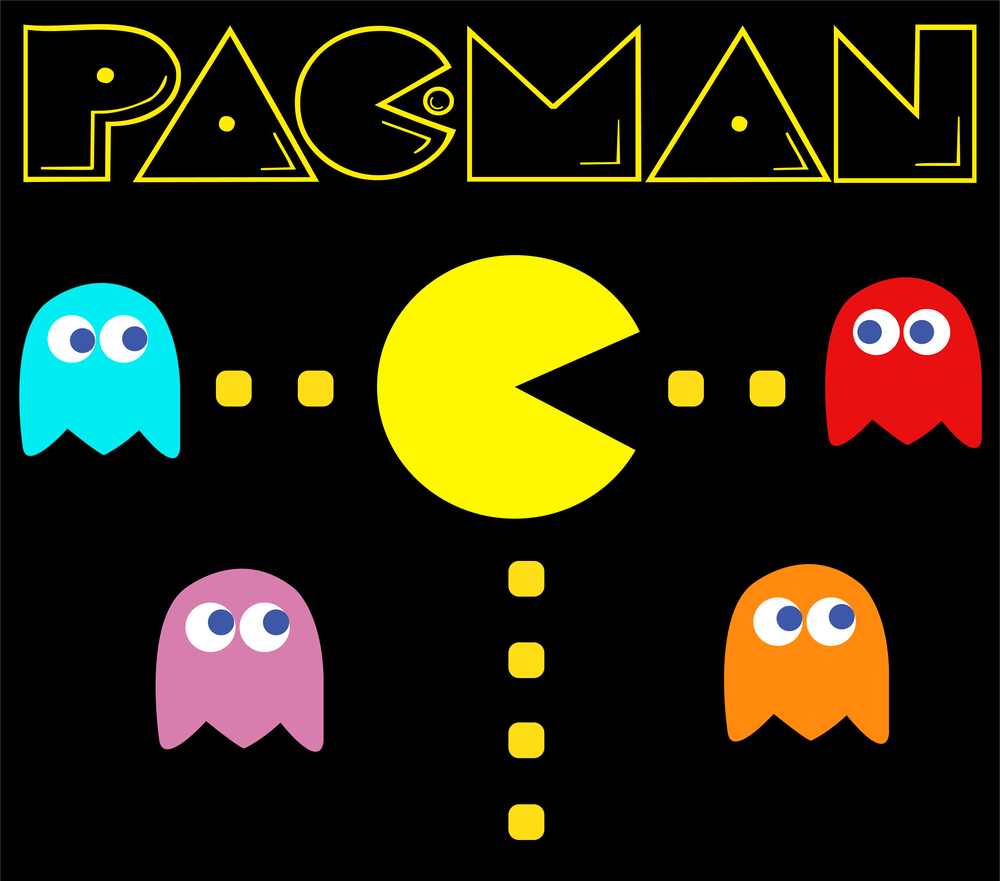
Released in 1980 by Namco, Pac-Man became a cultural phenomenon, captivating players worldwide. Its maze-chase gameplay and memorable characters made it one of the best-selling arcade games of all time, showcasing the potential for video games as mainstream entertainment.
The Crash of 1983

In 1983, the video game industry faced a major downturn known as the “Video Game Crash.” Oversaturation of low-quality games, market saturation, and consumer fatigue led to a significant decline in sales and the bankruptcy of many companies, prompting a reevaluation of game development and marketing strategies.
Nintendo’s Revival with the NES
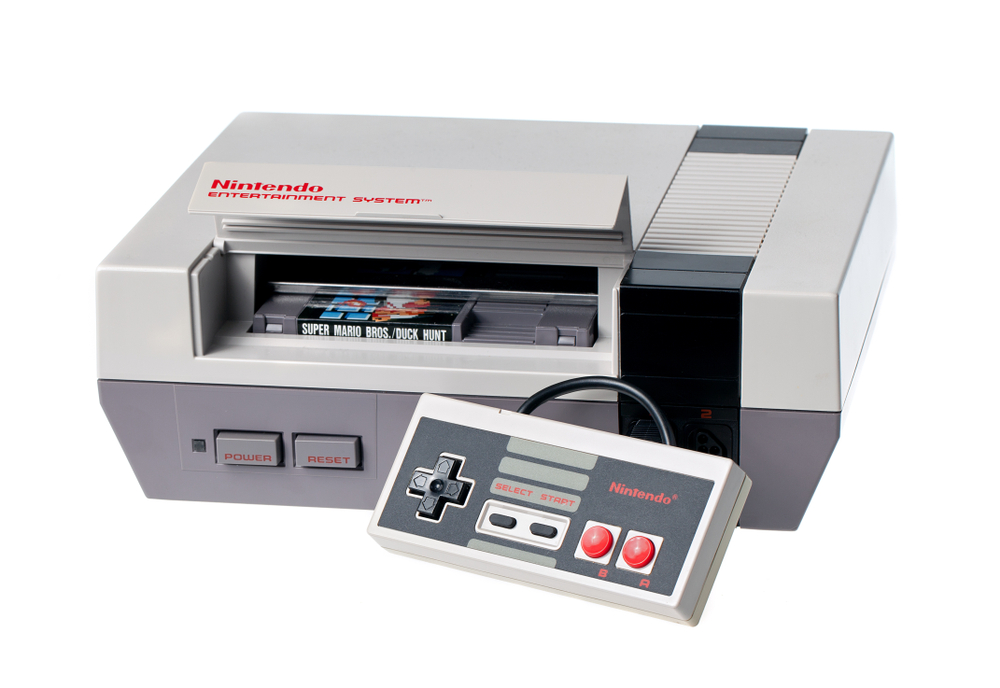
Nintendo’s NES (Nintendo Entertainment System), released in 1985, revitalized the video game industry after the crash. Its robust library of games, including classics like Super Mario Bros. and The Legend of Zelda, helped restore consumer confidence and set new standards for home gaming.
The Birth of 3D Gaming with “Wolfenstein 3D”
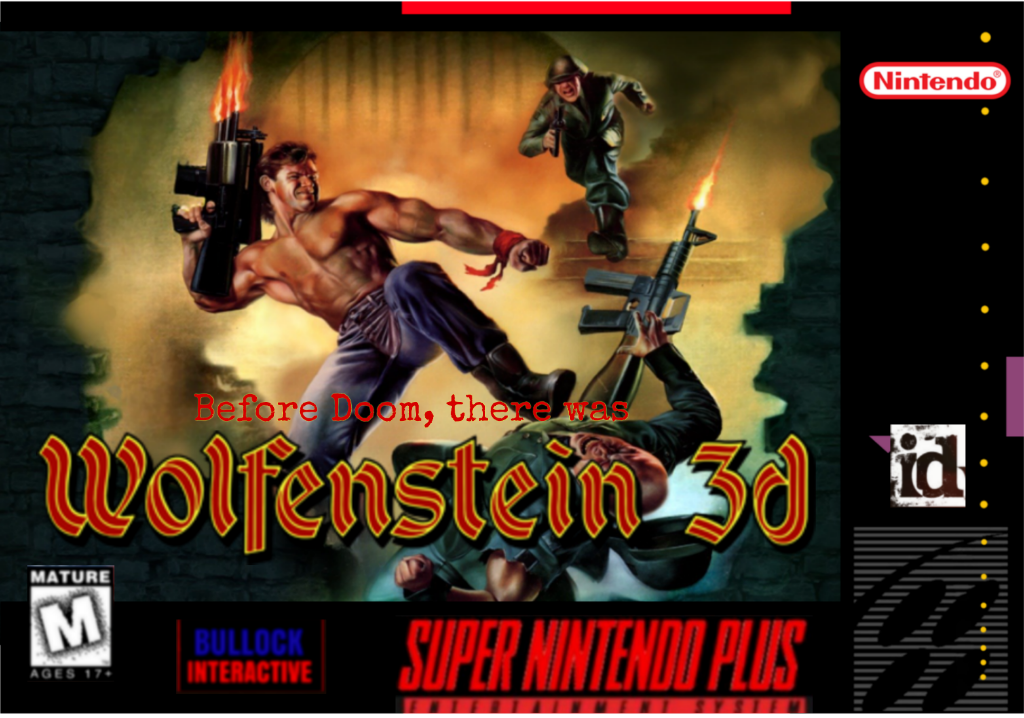
“Wolfenstein 3D,” released in 1992 by id Software, is often credited as the pioneer of 3D gaming. Its first-person perspective and immersive gameplay laid the groundwork for future titles like Doom and Quake, shaping the direction of the industry.
The Impact of “Tetris”
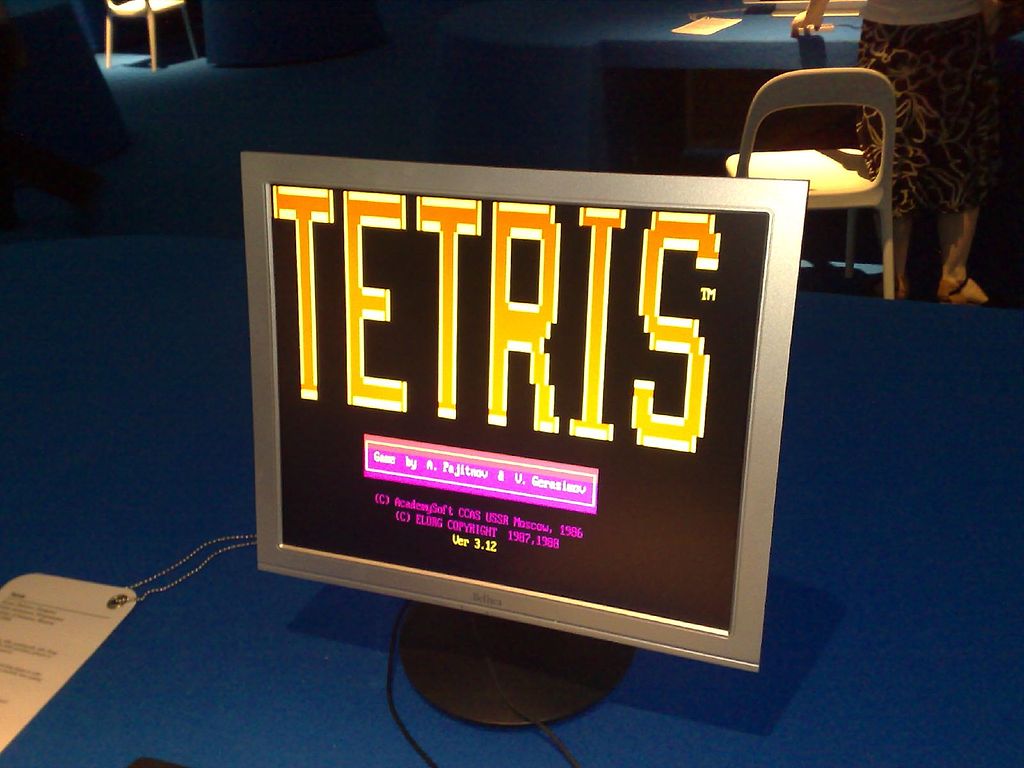
“Tetris,” created by Alexey Pajitnov in 1984, became a global phenomenon, showcasing the universal appeal of puzzle games. Its addictive gameplay and simplicity made it a staple on various platforms, from early computers to modern smartphones.
Sega Genesis vs. Super Nintendo Console Wars

The rivalry between Sega Genesis and Super Nintendo in the 1990s defined a generation of gamers. Their marketing campaigns, exclusive titles like Sonic the Hedgehog and Super Mario World, and technical capabilities fueled fierce competition and innovation in the console market.
The Introduction of CD-ROMs in Gaming

The adoption of CD-ROM technology in the gaming industry during the 1990s revolutionized storage capacity and multimedia capabilities. Games like “Final Fantasy VII” (1997) showcased the potential for cinematic storytelling and expansive worlds previously limited by cartridge-based systems.
The Cultural Impact of “Mortal Kombat”

“Mortal Kombat,” released in 1992 by Midway Games, sparked controversy with its graphic violence and realistic digitized characters. Its legacy includes the establishment of age ratings (like the ESRB) and discussions about censorship and artistic expression in video games.
The Emergence of Online Multiplayer with “Quake”

id Software’s “Quake,” released in 1996, popularized online multiplayer gaming through its robust network capabilities. It laid the foundation for the growth of competitive esports and the development of online gaming communities.
Sony’s Entry into the Console Market with PlayStation

Sony’s PlayStation, launched in 1994, marked the company’s foray into the gaming industry and introduced iconic franchises like Gran Turismo, Metal Gear Solid, and Resident Evil. Its CD-based format and cutting-edge graphics pushed technological boundaries and expanded gaming audiences.
The Evolution of Mobile Gaming

The introduction of smartphones in the late 2000s revolutionized mobile gaming. Games like “Angry Birds” (2009) and “Pokémon GO” (2016) demonstrated the potential for engaging, accessible gaming experiences on handheld devices, reaching millions of players worldwide.
The Impact of Indie Games
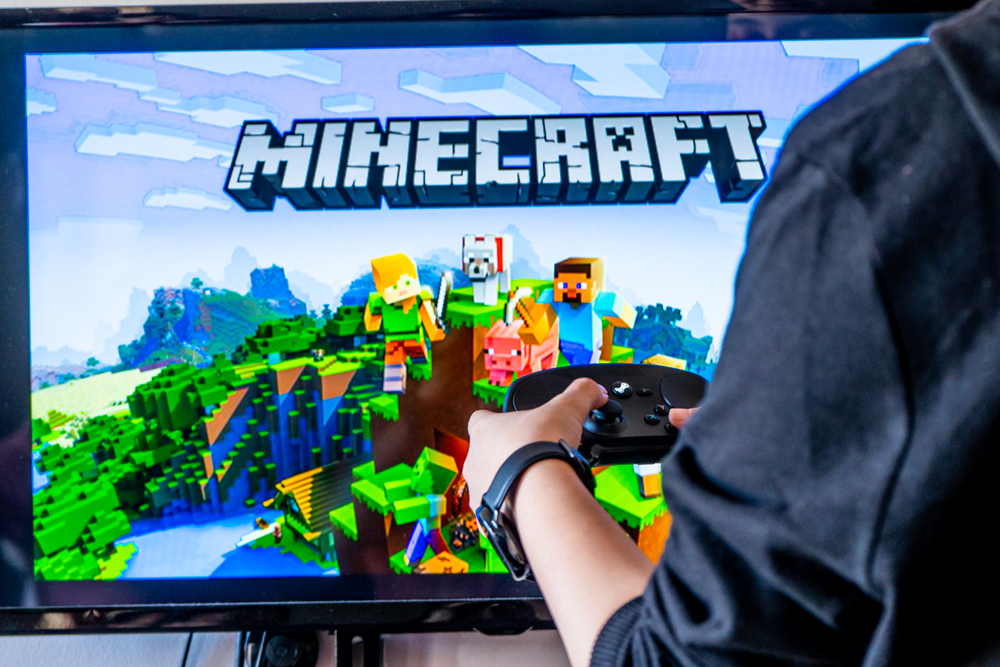
Indie games, characterized by their smaller development teams and innovative gameplay concepts, gained prominence in the 2010s. Titles like “Minecraft” (2011) and “Undertale” (2015) showcased the creativity and diversity within the gaming industry, challenging traditional AAA titles.
Virtual Reality’s Resurgence
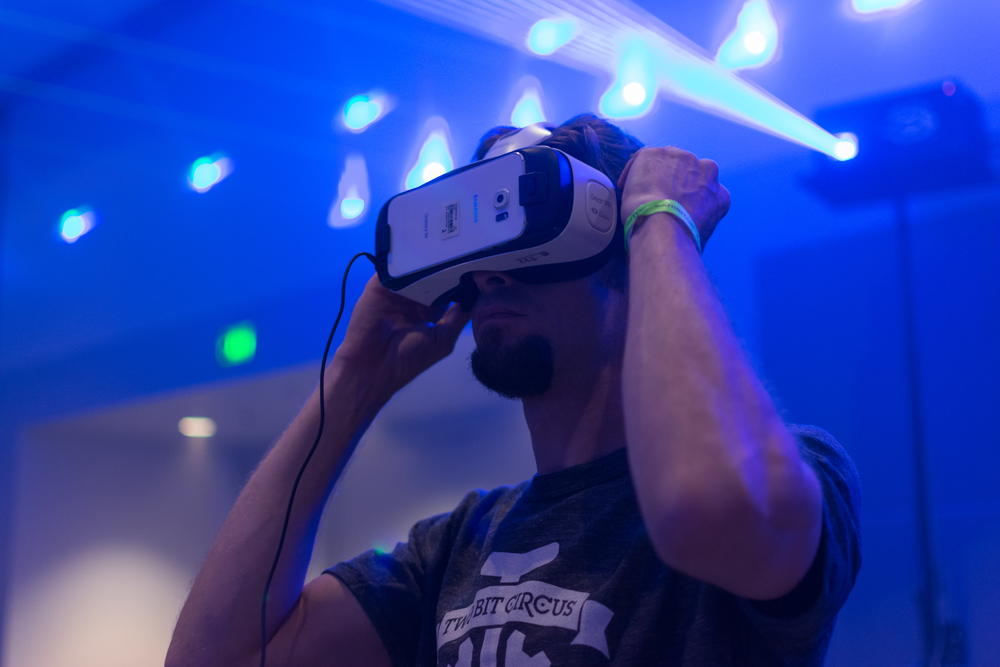
Virtual Reality (VR) technology, initially explored in the 1990s, experienced a resurgence in the 2010s with advancements in hardware and software. VR headsets like the Oculus Rift and HTC Vive offered immersive gaming experiences, paving the way for new forms of interactive entertainment.
The Impact of Streaming Platforms on Gaming

Streaming platforms like Twitch and YouTube Gaming revolutionized how gamers share and consume content. Live streaming, Let’s Plays, and esports tournaments became integral parts of gaming culture, fostering communities and influencing game development.
The Rise of Free-to-Play Games
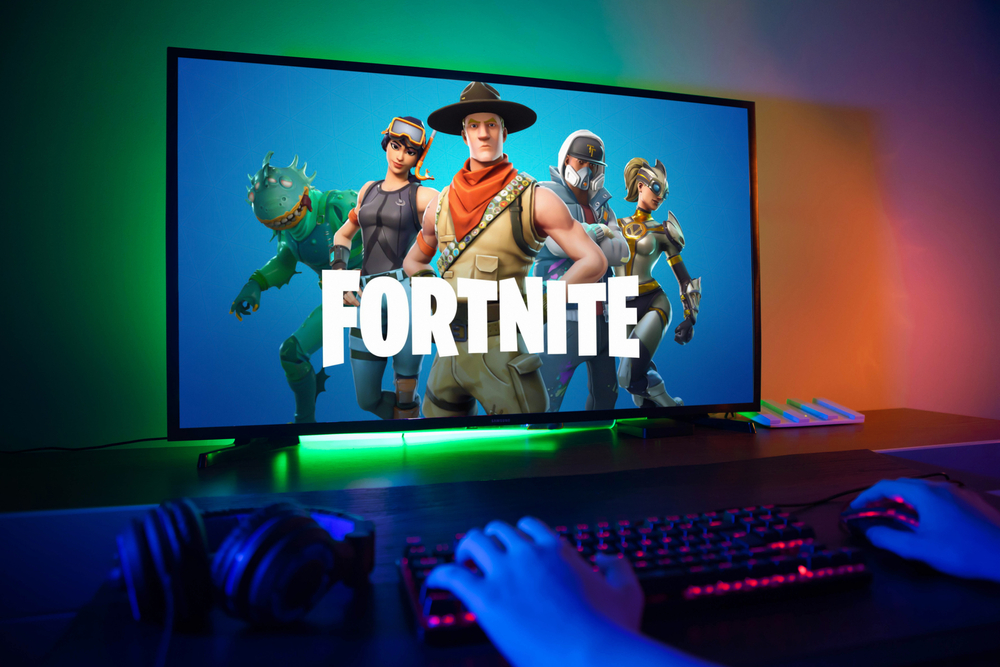
Free-to-Play (F2P) games, supported by microtransactions and in-game purchases, became a dominant business model in the 2010s. Titles like “Fortnite” and “League of Legends” demonstrated the financial viability of F2P games while challenging traditional pricing models.
Cross-Platform Play and Progression

The concept of cross-platform play and progression gained traction in the late 2010s, allowing gamers to play and access their progress across multiple devices seamlessly. Games like “Fortnite” and “Minecraft” embraced this feature, promoting inclusivity and player convenience.
The Future of Gaming

Looking ahead, advancements in technology like cloud gaming, augmented reality (AR), and artificial intelligence (AI) promise to reshape the gaming landscape. From immersive virtual worlds to AI-driven gameplay experiences, the future of gaming holds endless possibilities for innovation and creativity.
This article originally appeared on UnifyCosmos.
More from UnifyCosmos
20 Family Codes That Strengthen Relationships

Discover how these rules, although not explicitly stated, play a vital role in fostering understanding and closeness among family members. Read more!
22 Skincare Myths Busted by Experts

This article debunks 22 common skincare myths, guided by expert insights. It aims to clarify misconceptions, from SPF usage to moisturization needs, providing readers with scientifically backed advice for optimal skin health. Read more!
20 Unique Meditation Techniques from Around the World

In this article, we explore some of the most unique meditation practices from around the world, each providing a window into the rich diversity of human contemplation. Read more!
Leave a Reply